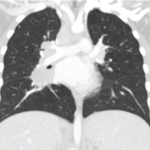With the evolution and advancement of technology, it was only a matter of time before such changes affected the medical industry. Although the concept of telemedicine dates back more than 50 years, emphasis on cost-effective quality healthcare coupled with technological advancements has caused a resurgence of telemedicine in recent years. What constitutes telemedicine largely depends…




